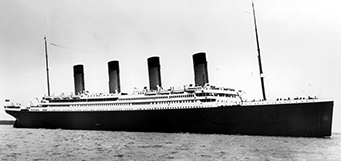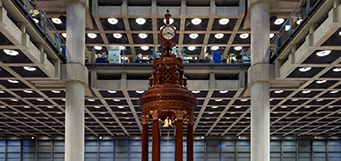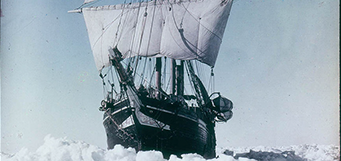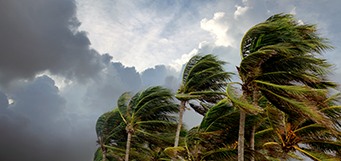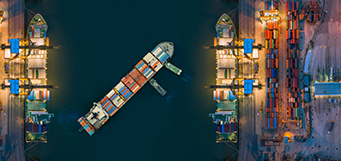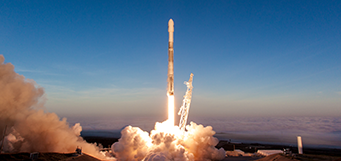And time and time again, Lloyd’s has risen to challenges of the most extreme kind. Hurricane Katrina in 2005; the devastating floods in Thailand in 2011; and the 9/11 attacks on the World Trade Center, for which we were the largest single insurer. In every case, we met acute need with fast, decisive action to get every valid claim paid.
Thankfully, not all claims are this extreme – but each still needs urgent attention to help businesses trade and flourish, and get people back to their normal lives.
Indeed, following the massive tsunami of 2011 that struck Japan with such devastating consequences, Lloyd’s delivered some 6.6 billion yen of payments within just 48 hours of the money being requested by the reinsurers.
Here we take a look at some of the most noteworthy catastrophes and claims that Lloyd’s has been involved with.

